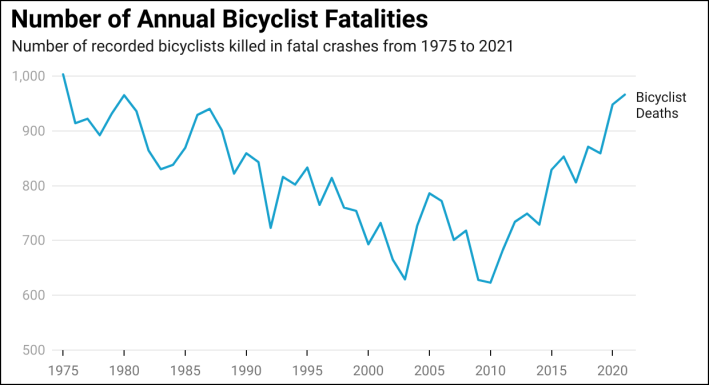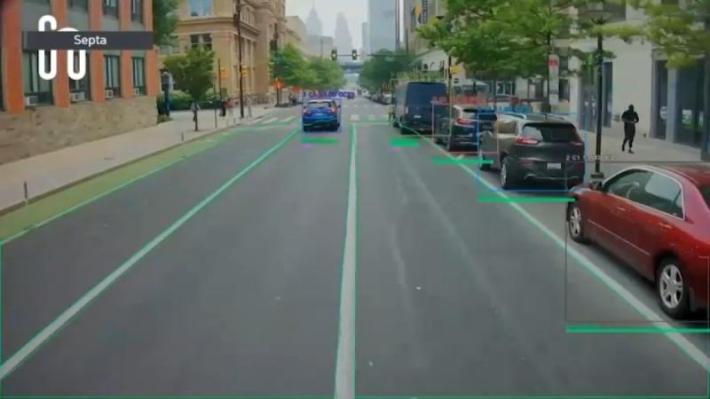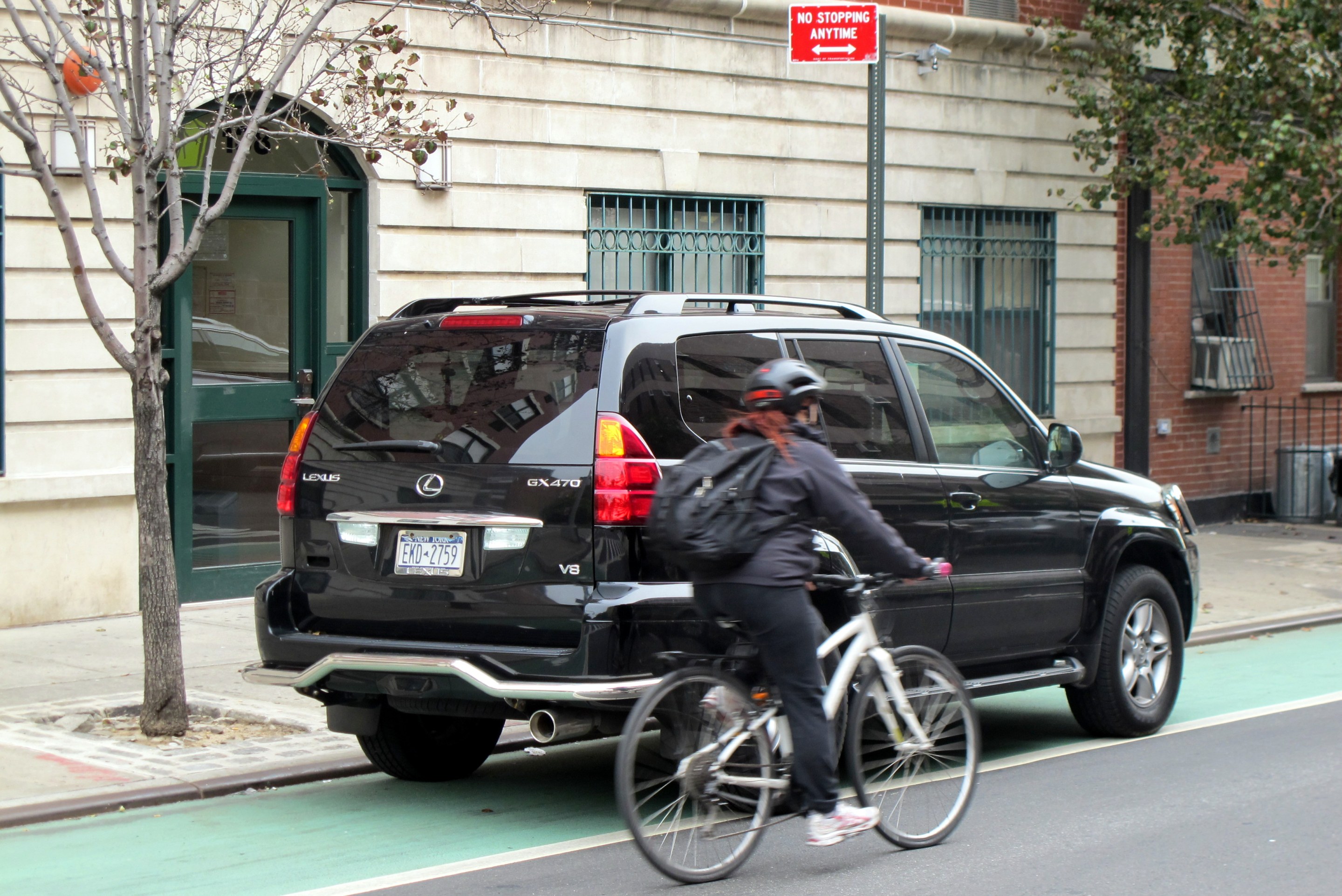Automated bike enforcement laws are a growing trend across the nation – and one company thinks it's finally developed the advanced technology to make that emerging legislation a reality.
Following recent bike enforcement bills in Chicago, California, and New York, machine learning company Hayden AI recently launched a new technology that company officials believe is the first to use artificial intelligence to capture and track motorists who block cycle paths — and hopefully, improve safety for people who ride.
And they need all the help they can get. A staggering 966 people on bicycles were killed in the United States in 2021 alone, a 2.2-percent uptick from the previous year, according to the National Highway Traffic Safety Administration, marking the highest number of cyclists killed on U.S. roads since 1975.

There's little data on how many riders died because of blocked bike lanes, but advocates stress that even one such tragedy is too many.
Just last year, a motorist killed 3-year old Lily Shambrook when her mother was forced to swerve out of a Chicago cycle path where a utility truck had been illegally parked; the family's bike was quickly clipped by a semi-truck in the adjacent driving lane, throwing the toddler out of the rear-mounted bike seat in which she was riding and under the wheels. Another such fatality — that of Madison Lyden in New York in 2018 led, eventually, to the construction of a protected bike lane on Central Park West.
Kendra Ramsey, executive director of CalBike, whose organization supported California’s bike lane legislation, hopes automated enforcement programs will change the way drivers behave.
“This law helps with that culture change by increasing the likelihood that folks will be ticketed for illegally parking and hopefully improve the safety of people using the bike lanes,” Ramsey said.
Hayden AI hopes its technology can accelerate the implementation of bike lane laws by harnessing the power of machine learning to map cycle paths, identify vehicles or objects that may be obstructing them, and rapidly share that with the appropriate enforcement authority.

The technology can be mounted to vehicles like buses, rather than stationary street fixtures like traffic lights and lampposts, but Hayden stresses that its reach is still significant. There's no data yet on how accurate the cameras are, but the company says it's based on the same technology as cameras that spot bus-lane blockers, which are 99 percent accurate.
“As long as we can see, we can map it," said Charles Territo, chief growth officer at Hayden AI. "And as long as we can map it, we can enforce it.”
Territo also says agencies can calibrate the technology to better decide when and when not to issue a violation. This might enable cities like New York to make special allowances for certain cargo delivery bikes, trikes and quad-cycles, which transportation officials recently moved to allow into bike lanes provided they are less than 48 inches wide.
“Any requirements specific to an agency or an ordinance, or a law, can be applied using AI and can be rejected or not captured at all,” Territo said.
Some cities may not embrace bus lanes and bus stop enforcement laws now, but Territo says AI can at least help them understand the magnitude of a problem like bike lane violations — even if city officials are not ready to start writing tickets.
“Cities want to see for themselves the scope of the problem,” Territo said. “And we find that [our technology] is a very helpful tool when it comes to quantifying how much of an issue parking in a bike lane parking in a bus lane or parking in a bus stop really is.”






